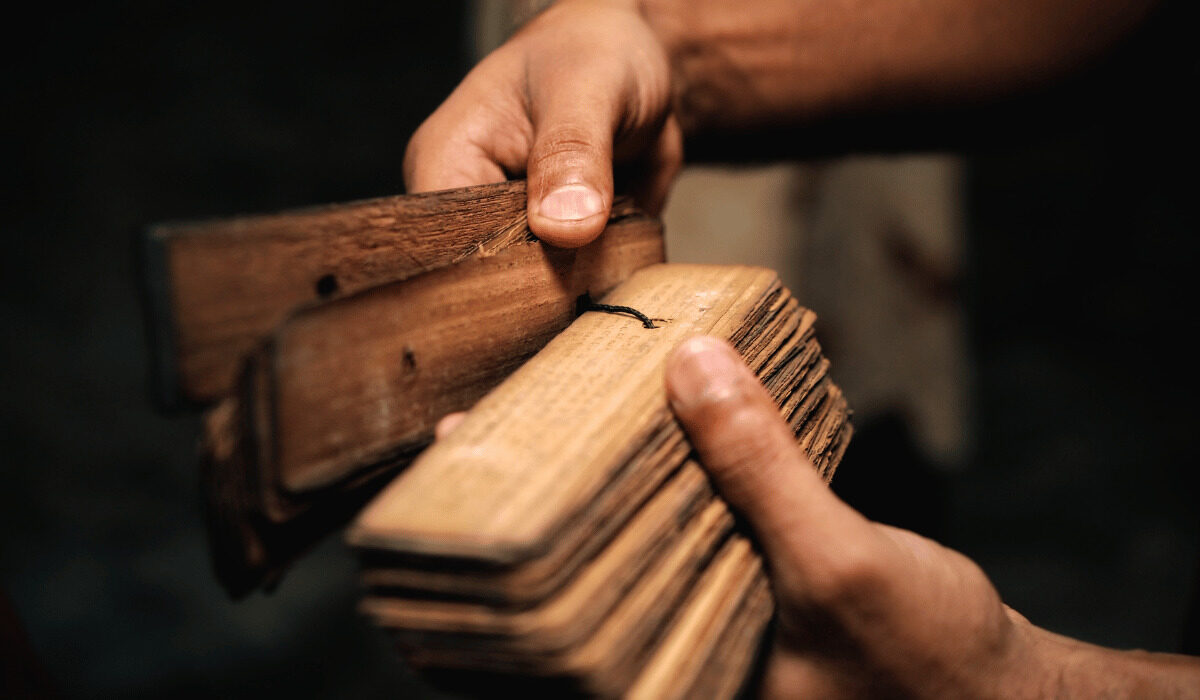Indian Ancient Education System and Current Situation
Education has always been an integral part of Indian culture and tradition. The ancient Indian education system was based on a holistic approach to learning, which emphasized the all-round development of an individual. The present education system in India has evolved greatly over the years, but there is still a long way to go to ensure that every child has access to quality education.

Ancient Indian Education System
The ancient Indian education system, also known as the Gurukul system, was a unique and sophisticated method of education. It was based on the principle of imparting education through personal interaction between the guru (teacher) and shishya (student). The guru would take a group of students under his tutelage and provide them with knowledge of various subjects, including literature, mathematics, philosophy, astronomy, and medicine.
The curriculum was designed to provide a holistic education, which not only focused on intellectual development but also on physical, emotional, and spiritual growth. The students were expected to live with the guru, and they were taught not only the academic subjects but also life skills such as self-discipline, respect, and humility.
The education system was open to all castes and classes, and there was no discrimination based on social status or gender. The students were encouraged to ask questions and engage in debates to develop critical thinking and analytical skills.

Current Education System in India
The present education system in India is a mix of the traditional Gurukul system and modern education methods. The education system in India is divided into primary, secondary, and higher education. The primary education is compulsory for all children between the ages of 6 and 14 years.
The current education system has been designed to provide a comprehensive education to students, which focuses on both academic and vocational skills. The curriculum includes subjects such as mathematics, science, social studies, and language.
However, the education system in India is still facing several challenges. The primary challenge is the lack of access to quality education for a large section of the population, especially in rural areas. The quality of education in government schools is also a matter of concern, with many schools lacking basic facilities such as adequate infrastructure, qualified teachers, and learning resources.
Another challenge is the focus on rote learning rather than conceptual understanding. The current education system places a greater emphasis on memorization and exam-oriented learning, which does not promote critical thinking and analytical skills.
Conclusion

In conclusion, the ancient Indian education system was a unique and sophisticated method of education that focused on the all-round development of an individual. The present education system in India has evolved greatly over the years, but there is still a long way to go to ensure that every child has access to quality education.
To address the challenges facing the education system in India, there is a need for greater investment in education, especially in rural areas. The curriculum should also be re-designed to promote conceptual understanding and critical thinking, rather than rote learning. With these changes, we can hope to build a stronger and more inclusive education system in India.
